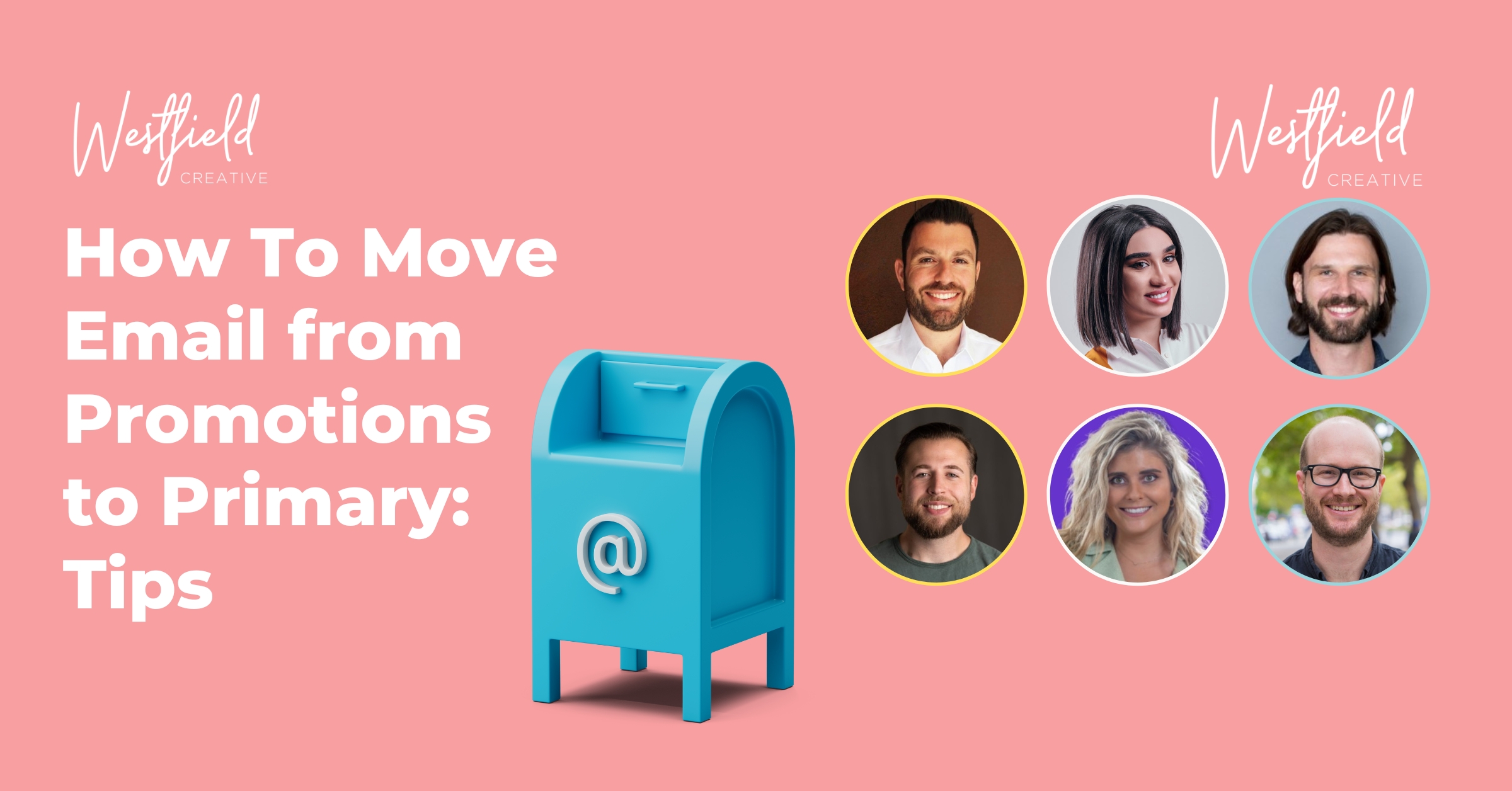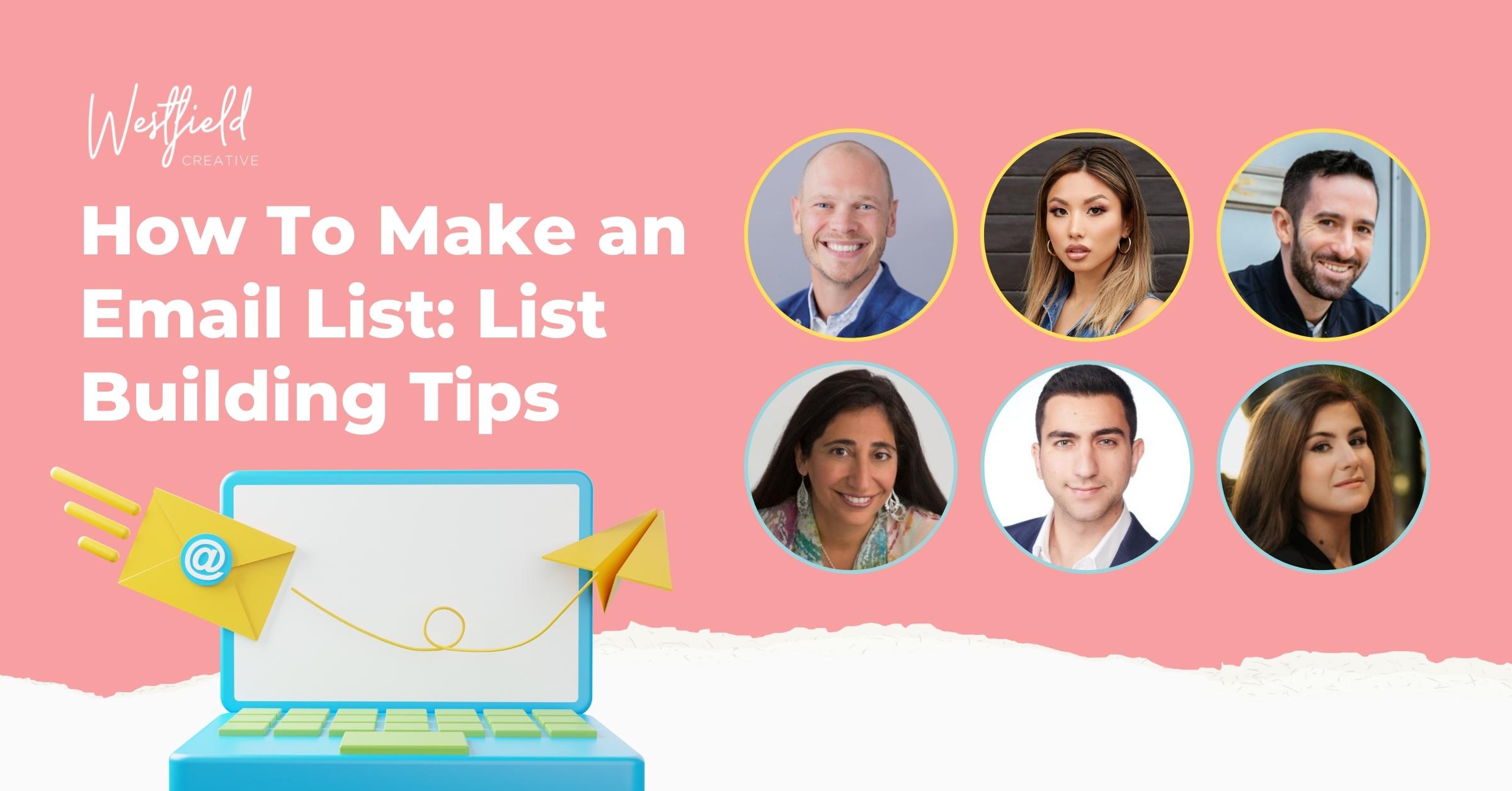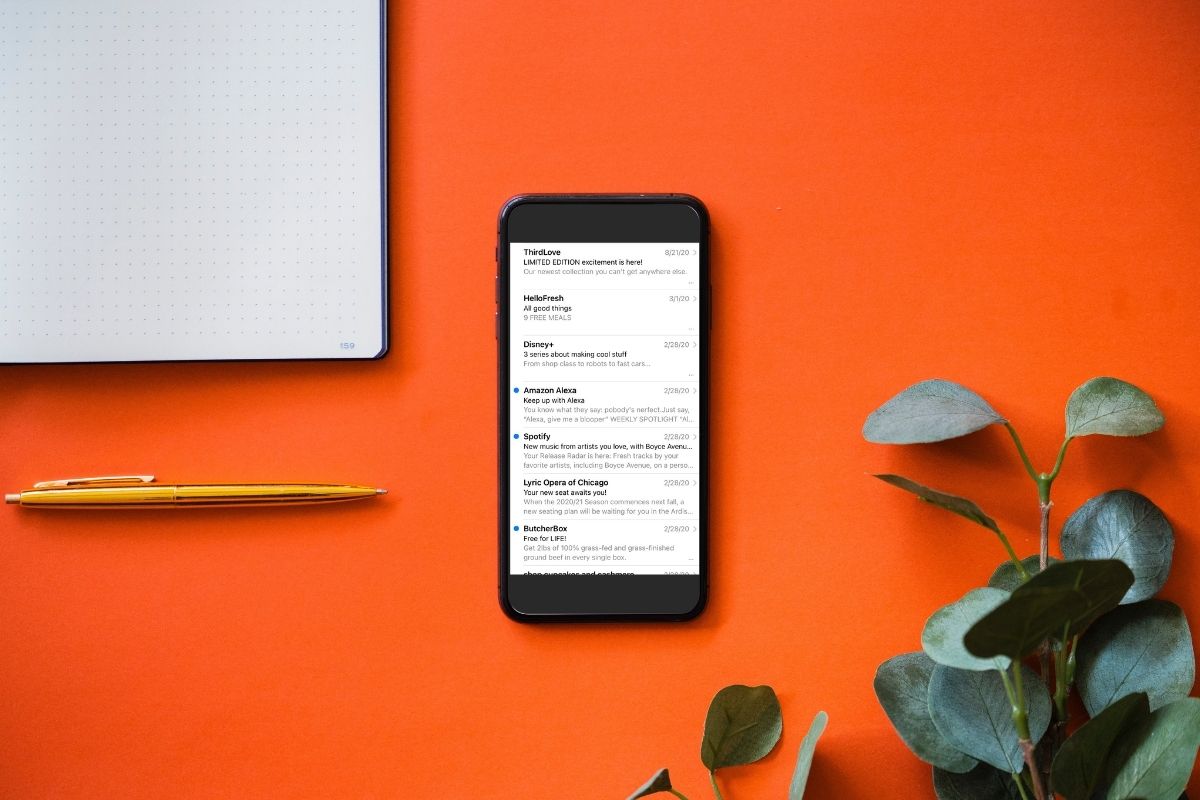What Do You Put In The Subject Of An Email?
From putting the value front and center to using your sense of humor, here are 13 answers to the question, “What are the most effective things to put in an email subject line that inspire opening and action?”
- Value
- Numbers
- Power Words
- Personalization
- “Alert”
- Localization
- A Question
- Urgency
- A Review Request
- A Specific Call-to-Action (CTA)
- Emojis
- A Solution
- Humor
Value
The subject line should convey the importance of the email to the recipient. The recipient should be able to understand why they should open the email. Employ phrases like “free,” “exclusive,” or “limited-time offer” to emphasize value. Providing value in the subject line can entice the recipient to take action and open the email.
Gerrid Smith, Chief Marketing Officer, Joy Organics
Numbers
I’ve tried it and it works great because using numbers in the subject line can catch the recipient’s attention and make the email stand out in their inbox. For example, “10 Strategies to Save Money” or “3 Sleep Tips.” In addition, using a number in the subject line can give the reader an idea of what to expect in the email.
Kenny Kline, President and Financial Lead, BarBend
Power Words
I believe that using strong words in the subject line can catch the recipient’s attention and make them more inclined to open the email. Power words elicit emotion and generate a sense of urgency or excitement.
“Discover,” “Proven,” “Limited,” “Breaking,” and “Secret” are examples of power words. When you use powerful words in the subject line, the recipient may feel as if they are missing out if they do not read the email.
Max Whiteside, SEO and Content Lead, Breaking Muscle
Personalization
We use a personalized subject line that includes the recipient’s name and a relevant topic. According to research, personalized subject lines can increase email open rates and engagement.
By including the recipient’s name in the subject line, we can show that the email is personalized for them rather than a generic mass email. Including a relevant topic also helps pique the recipient’s interest and encourages them to open the email to learn more.
For instance, instead of using a generic subject line like “Important Update,” we use a personalized subject line like “John, Your Feedback on Our New Product Design,” which is more inspiring and more effective in encouraging opens and action. This subject line includes the recipient’s name and a relevant topic that they may be interested in.
Johannes Larsson, Founder and CEO, JohannesLarsson.com
“Alert”
Adding “alert” to your email subject creates a sense of urgency. This easily catches the recipient’s attention and makes them more inclined to open the email. It is also important to keep subject lines short and clear, and they should allow the recipient to know what they can expect and make them want to know the contents of the message.
Michelle Siy, Content Writer, Oliver Wicks
Localization
I believe that using localization in the subject line can make the email feel more relevant to the recipient. This can involve including the recipient’s city or state in the subject line, as well as terms relevant to the recipient’s area.
For example, “Get Ready for Fall in New York City” or “The Best Tacos in Austin.” Localization can make the recipient feel as if the email is personalized to their interests, increasing the likelihood that they will open it.
Andrew Priobrazhenskyi, CEO and Director, Discount Reactor
A Question
I’ve found that one thing you can put in the subject of an email that inspires opens and action to be taken is a question.
I think people like to be asked questions because it makes them feel like their opinion matters and that they’re being listened to. It also gives them a chance to show off their knowledge or expertise, which can make them feel good about themselves. And of course, if they answer your question, they get the satisfaction of helping someone who might need it—and that feels good too!
Rengie Wisper, Marketing Manager, Check CPS
Urgency
Any specific phrase you may include to inspire action in an email subject should be concise and relevant to the topic at hand. Using a call-to-action such as “Act Now,” “Limited Time Offer,” or “Last Chance” can help motivate the reader to open the message and take the desired action.
Word choice is an important factor when crafting an email subject because overly long, boring, or vague subjects may be overlooked by the reader. Furthermore, using words related to urgency, scarcity, or excitement can help capture the reader’s attention and motivate them to take action.
Victor Mathieux, Co-founder and CEO, Miracle Brand
A Review Request
Asking email recipients to leave a review is one surefire way to get more emails opened. People love sharing their opinions about things. For customers who just bought a product, the timing is perfect for them to share their honest feedback with others, for example. Providing a reward system, like points for a review, can further boost engagement too.
Alexandre Robicquet, Co-founder and CEO, Crossing Minds
A Specific Call-to-Action (CTA)
Using a call-to-action (CTA) that is obvious and specific to the reader’s needs or wants is one of the best subject lines for motivating action. Because it provides a clear CTA (joining the group) and speaks to the recipient’s desire to make a difference, a subject line like “Join our group and start making a difference today” can motivate action.
Also, the use of terms like “today” conveys urgency and immediacy, which may inspire the recipient to act. An effective subject line should be brief, precise, and catered to the target audience. The advantages of taking action should be emphasized, and the next steps should be made obvious. You can improve your email’s chances of being opened, read, and responded to by doing this.
Dayna Carlin, Director of Marketing and Sales, NovoPath
Emojis
Emojis, when used appropriately, can be an easy win for boosting open rates. The aim of a subject line is always to grab the recipient’s attention, and even the most click-inducing copy can sometimes be overlooked. An emoji, on the other hand, instantly makes your email stand out, making it a lot more likely for your subject line to be acknowledged and allowing your copy the opportunity to encourage engagement. One especially effective use of emojis in subject lines is to consistently use one that is associated with your brand.
Take Morning Brew, for example. This newsletter includes a coffee emoji at the start of every subject line. This emoji usage is obviously relevant, but as this is a frequent newsletter, it builds brand loyalty. The pitfall of emojis is, of course, over-usage, or using an irrelevant choice. Make sure you choose one that either relates to the content within the email or can be used consistently in line with your branding.
Joe Cowman, Head of SEO, FATJOE
A Solution
Everyone loves a solution to their problems, issues, needs, or wants, and if your email’s subject line promises this, you’re bound to open the email and act on it. This is the formula I invariably put to use, whether it’s my personal and professional emails or the email marketing campaigns I lead.
With scores of emails making their way into people’s inboxes each day, the ones that directly offer a timely solution to a current problem invariably gain precedence over others. This email immediately conveys value and gives the receiver enough reason to click on it and learn more.
Ariav Cohen, VP of Marketing and Sales, Proprep
Humor
I believe that including humor in the subject line can help the email stand out in the recipient’s inbox. A subject line that makes the receiver grin or chuckle might form a favorable association with the sender and increase the likelihood that they will open subsequent emails. Yet, I believe it is critical to use humor sparingly so as not to insult the recipient.
Tiffany Hafler, Marketing Manager, FORTIS Medical Billing Professionals












